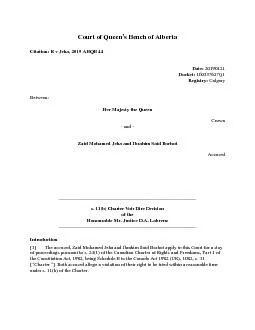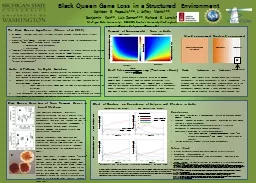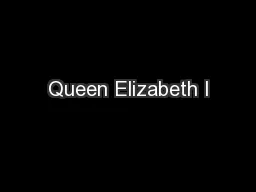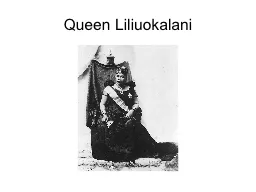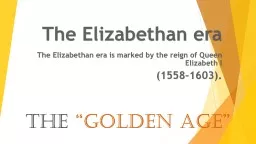PDF-Court of Queen
Author : josephine | Published Date : 2021-06-30
s Bench of Alberta Citation R v Jeha 2019 ABQB 44 Date 201 9 0121 Docket 160537627Q1 Registry Calgary Between Her Majesty the Queen Crown and Zai d Mohamed Jeha
Presentation Embed Code
Download Presentation
Download Presentation The PPT/PDF document "Court of Queen" is the property of its rightful owner. Permission is granted to download and print the materials on this website for personal, non-commercial use only, and to display it on your personal computer provided you do not modify the materials and that you retain all copyright notices contained in the materials. By downloading content from our website, you accept the terms of this agreement.
Court of Queen: Transcript
Download Rules Of Document
"Court of Queen"The content belongs to its owner. You may download and print it for personal use, without modification, and keep all copyright notices. By downloading, you agree to these terms.
Related Documents

